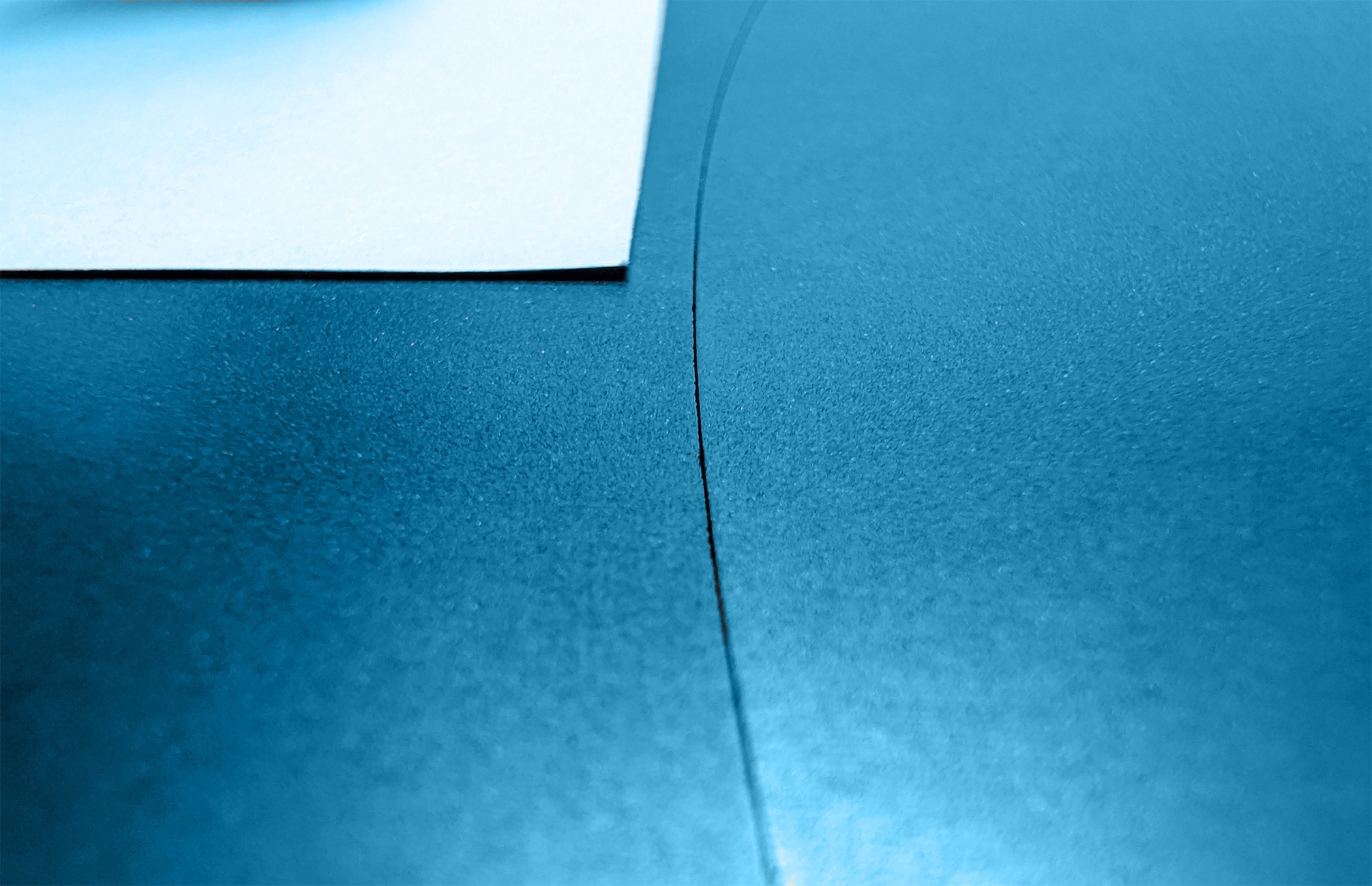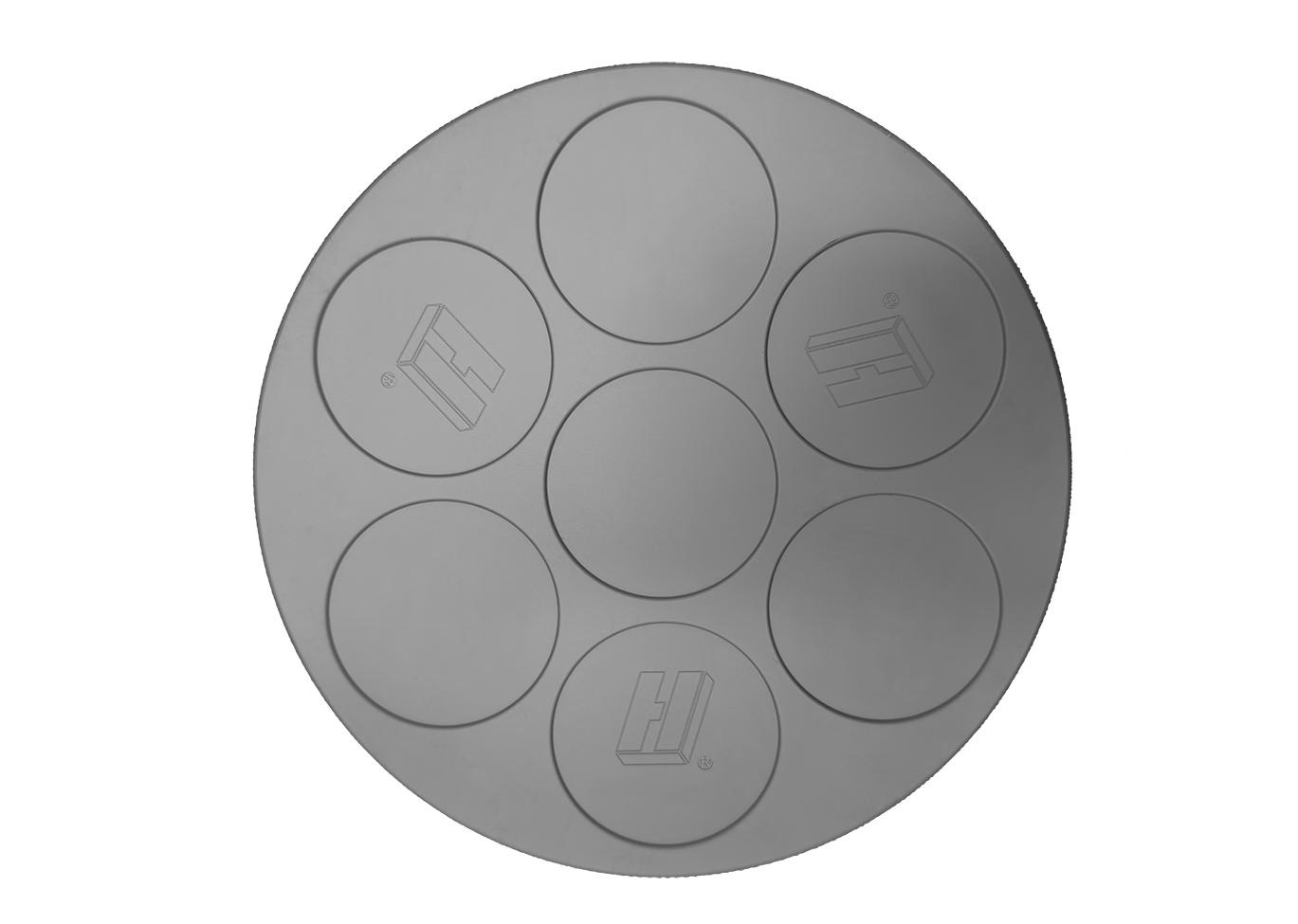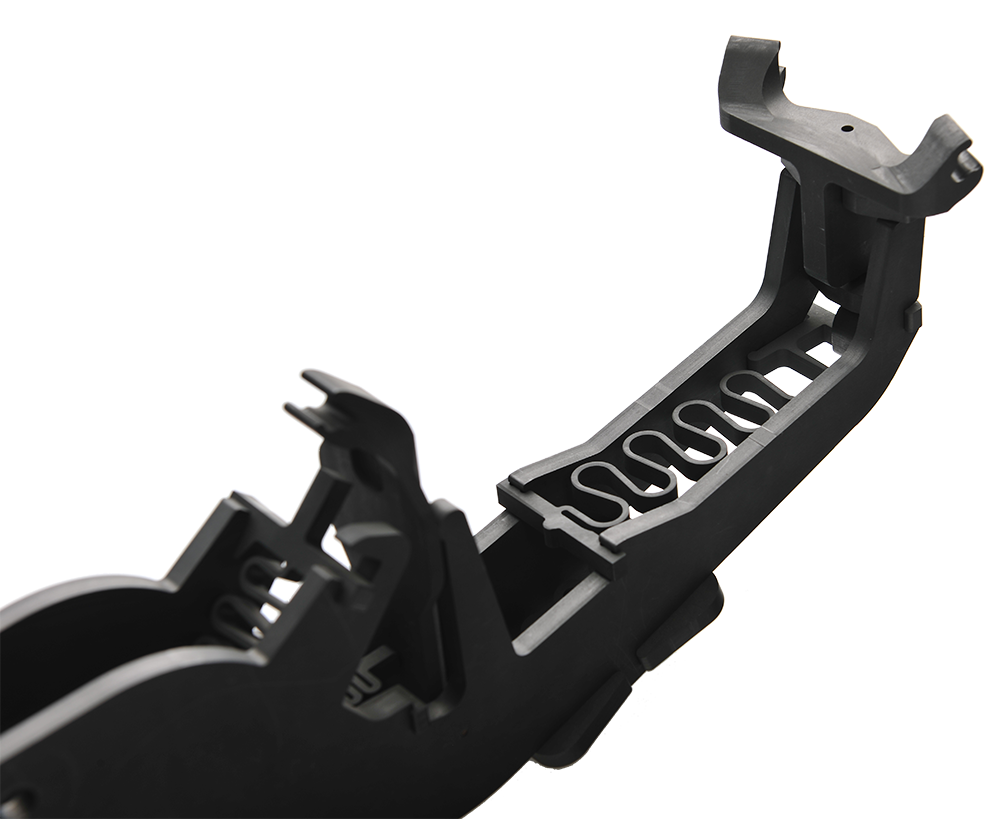Quality Materials & Quality Processes - It Starts With Us!
Carbon-based materials are prized for their versatility, combining properties that address the demands of extreme environments, high precision, and durability. Hongfeng Carbon Solutions specializes in machining components from a range of carbon-based materials, each offering unique advantages:
Thermal Stability and Conductivity: Materials like isostatic graphite and SiC-coated components excel in high-temperature environments, maintaining structural integrity to extreme temperatures in inert atmospheres.
Lightweight Strength: Carbon fiber and graphite composites provide exceptional strength-to-weight ratios, often surpassing metals like steel while reducing component weight by up to 50%.
Chemical Inertness: Glassy carbon and PyC coatings resist corrosion from acids, alkalis, and organic solvents, making them ideal for chemically aggressive environments.
High Purity: Ultra-pure vitreous graphite (VGI) offers purity levels <5ppm, critical for contamination-sensitive applications.
Wear and Oxidation Resistance: SiC and PyC coatings enhance durability, extending component life by up to 10 times in abrasive or oxidative conditions.
These properties make carbon-based materials indispensable across industries like aerospace, semiconductor manufacturing, energy, medical devices, and chemical processing. However, selecting the right material requires balancing performance needs, environmental conditions, and cost considerations. Our precision machining expertise ensures that each material’s potential is fully realized through tailored component design.
Choosing the right carbon-based material involves evaluating application-specific requirements. Here are key factors to guide your decision, along with how Hongfeng Carbon Solutions machining enhances each material’s performance:
Operating Environment: For high-temperature applications (e.g., aerospace or metallurgy), isostatic graphite and SiC-coated components are ideal due to their thermal stability. In corrosive environments (e.g., analytical components), glassy carbon or PyC coatings offer superior resistance. Choosing the right material and potential surface treatments ensure components maintain integrity under extreme conditions.
Mechanical Requirements: Applications requiring high strength-to-weight ratios, such as robotics or aerospace parts, benefit from carbon fiber. HCS’s precision machining achieves complex geometries, optimizing load distribution and reducing stress concentrations.
Purity and Contamination Control: Semiconductor and medical applications demand ultra-pure materials like VGI. We maintain a 10k level cleanroom to process these components ensuring they meet purity standards.
Durability and Lifespan: SiC and PyC coatings significantly enhance wear and oxidation resistance for components in abrasive or oxidative environments.
Cost Efficiency: Selecting the right material will optimize the longevity, performance, reduce lifecycle costs, and the provide the greatest overall value. Our mass-scale machining capacity and integrated material processing capabilities allow us to pass extra value to our clients.









